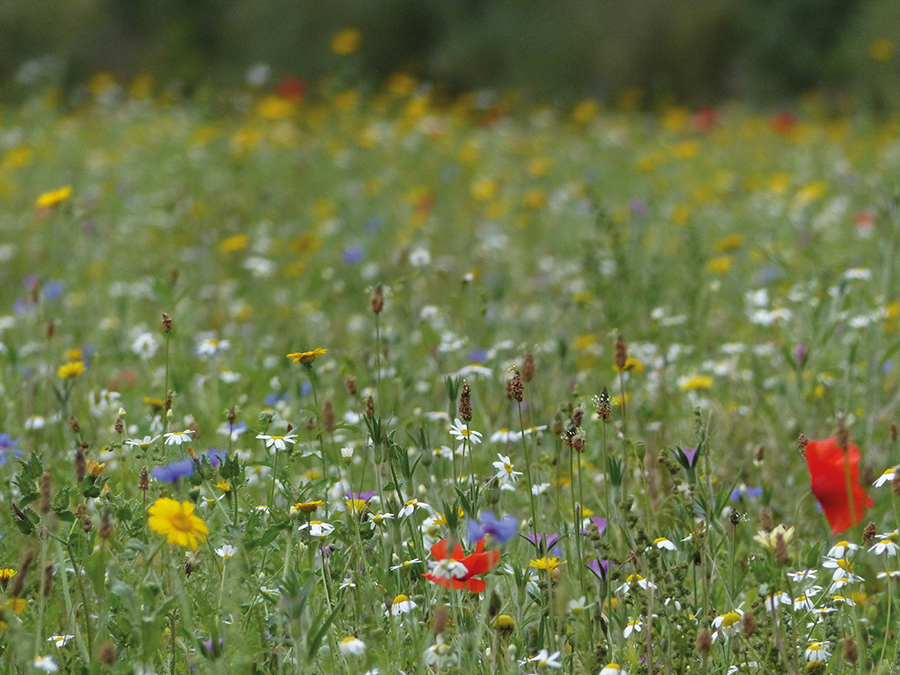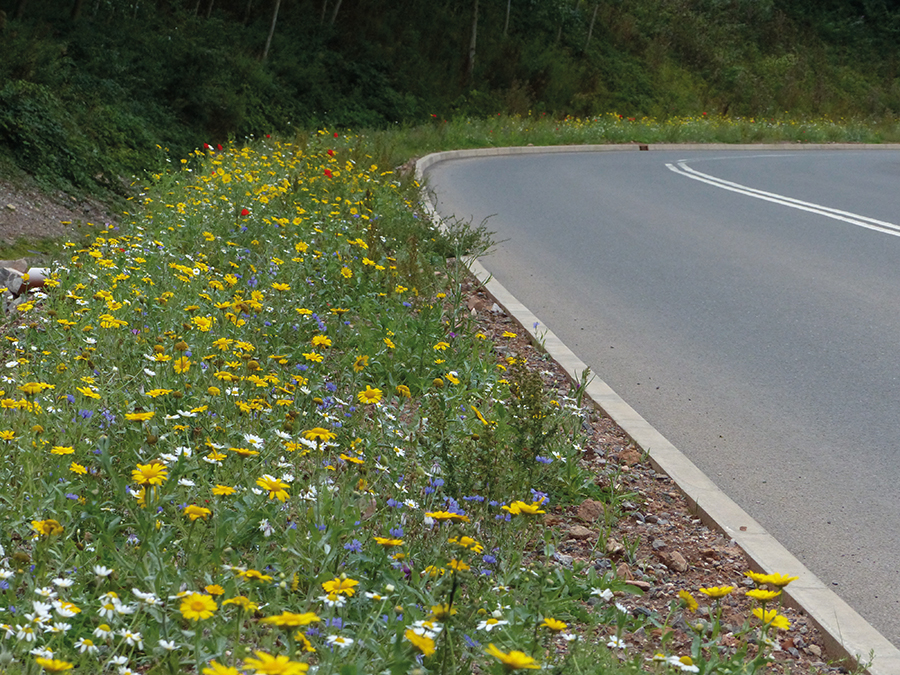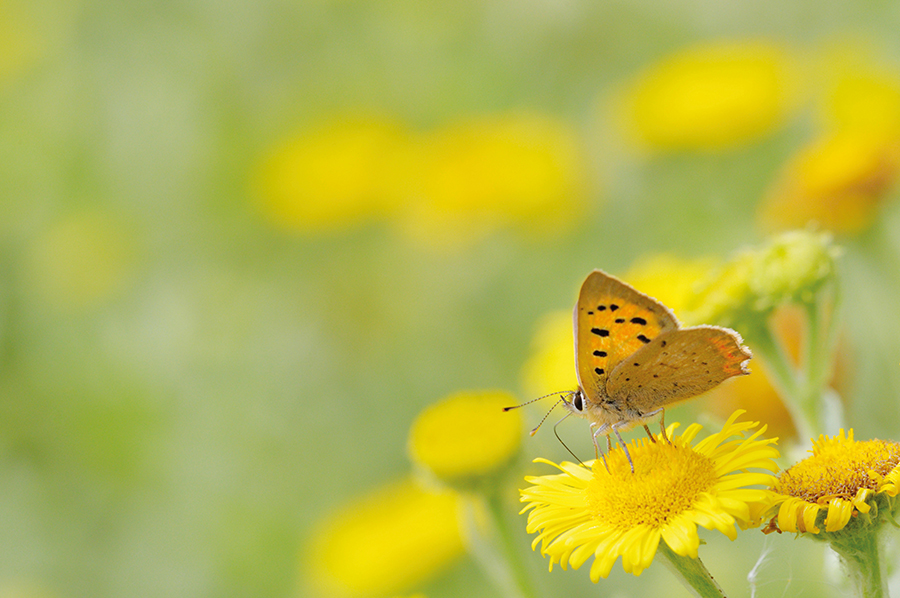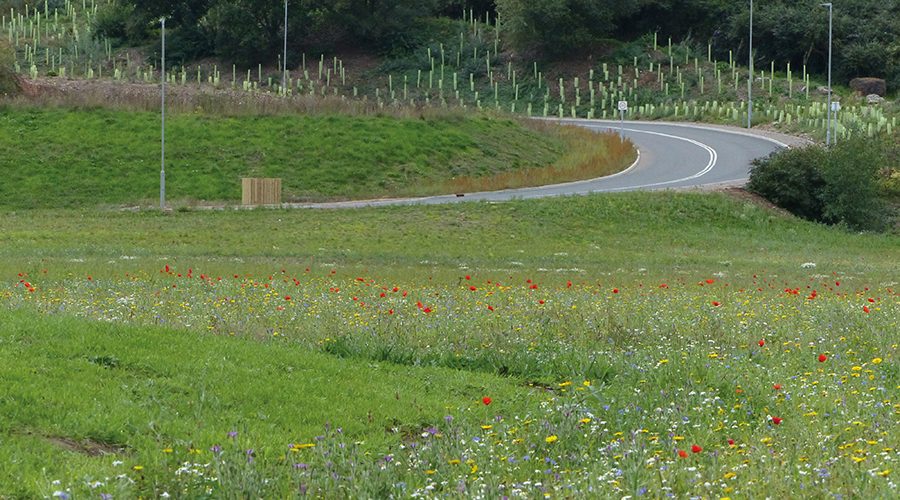It’s time to put biodiversity into practice rather than simply preach it, says Habitat Aid Founder Nick Mann.
Habitat Aid
‘Biodiversity’ is suddenly a word many of us would understand – as in ‘biodiversity loss’. Although it has been going on for the last 40 years in the UK, it is only now that people are beginning to talk about it as the threat it is.
I’m not in the camp that describes it as an ‘ecological apocalypse’, although strictly speaking, that might be true; an apocalypse driven by habitat loss and pesticide use. Some conservationists have been very successful in promoting awareness of it by using this kind of language. All power to them. The problem now is – rather than everyone just hiding under the table – we have to go out there and come up with simple, inexpensive, practical solutions to turn this around.
The policy wonks at DEFRA have, seemingly, got the message. The key plank of the Government’s post-Brexit agricultural policy is for us to pay for public goods, rather than just subsidise land holdings. There’s the inevitable arm wrestle going on about what constitutes a ‘public good’, but the hope is this might include things like tree planting, wildflower meadows and wetland schemes. We may even take unproductive land out of agricultural use altogether, and encourage rewilding projects. The jury is still out as to whether they will deliver, of course, but it’s a good start.
The house-building sector has started to respond too. Bellway has been working with the Bumblebee Conservation Trust to improve its developments for pollinators and recently announced a more comprehensive tie-up with the wildlife trusts. The RSPB has been consulting to Barratt Homes at Kingsbrook, a project that has attracted national coverage.

A cynic might say this kind of initiative is pre-planning for another Govian policy, recently announced, which will require new developments to “complement and enhance, rather than threaten, the local and natural environment”. Specifically, through a process of offsetting, new developments will be required to produce net gains for local biodiversity. How this will be done, again, is rather moot.
I take a more optimistic interpretation. The industry seems to be beginning to identify this as a significant point of difference in the marketplace for private housing. In other words, there is a commercial advantage to be had from introducing attractive and ecologically sound landscaping and habitat features into developments. People have been increasingly removed from nature and now, seemingly, want to reconnect. They are beginning to be aware of the crisis in wildlife we’re facing, and want to do their bit to help out.
There is a strong case for doing this in the public sector too, of course. Quite apart from helping wildlife recover directly by providing habitat, an intelligent and informed approach to soft landscaping is good for the broader environment and good for people’s mental and physical health. While this has been well known and is, frankly, pretty blindingly obvious, we continue to discover more about this.
A recent study showed the humble hedge could reduce roadside particulates by up to over 60%*. This was a surprise – hedges turn out to be much more effective than trees in reducing certain types of pollution.

Mixed native hedges turn out to be a bit of a golden bullet, in fact. They’re a good security and privacy barrier too, and look attractive throughout the year if sympathetically managed. They provide food, shelter and safe movement for a range of birds, mammals, amphibia and invertebrates. Forget cutting hedgehog holes in fences; these ‘wild ways’ are a much better fix to putting together fragmented habitat. Very typically, this kind of feature – rather than hard landscaping – has obvious benefits relating to drainage and reducing the urban heat island effect. Native hedges are cheap too, although admittedly bring extra management costs.
Ecologists are, of course, keen on sustainable drainage systems generally. Simple wetland features like swales can have very high biodiversity value. They can be planted or seeded with attractive native species like loosestrife, water mint, ragged robin and yellow iris to give visual appeal too. Rather than using sedum mats, green roofs can also host a range of helpful plants at the drought end of the spectrum; vipers bugloss, native thyme and rock rose, for example.
This extends to amenity areas generally. There are many attractive, relatively long-lived and easily managed perennials to choose from rather than ecologically unhelpful and expensive annuals. Forget that formal Trumpton flowerbed look; areas of parks are now being managed more like meadows.

Ecologists endlessly argue the relative merits of native as against non-native flowers; I’m not sure in an urban environment whether it matters much. On the one hand are what I would call more traditional hay meadows, on the other; pictorial meadows, which don’t include grass but do include non-native flowers. The key point is that meadows of all sorts provide a valuable resource for pollinators and other wildlife. They’re attractive too, although an information board is always a good idea, particularly for traditional meadow areas, which the public sometimes sees as signs of neglect. Generally, though, they love these areas and the wildlife they immediately bring.
People are generally keener on buying things rather than plants, however. Integral bat boxes, specialist bird boxes (e.g. for swifts and swallows) and solitary bee bricks all perform well and should be encouraged. BREEAM loves them. To be honest, though, I’m a bit more ambivalent. Box ticking – forgive the pun – is less important than a holistic approach to habitat restoration.
Emphasis on soft rather than hard landscaping for amenity land, and choosing native shrubs, trees and flowers rather than expensive and less helpful ‘exotics’ represents an easy win.
*University of Surrey Paper in Atmospheric Environment, January 2019






